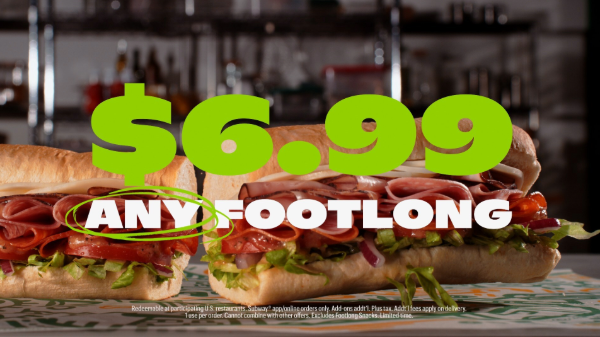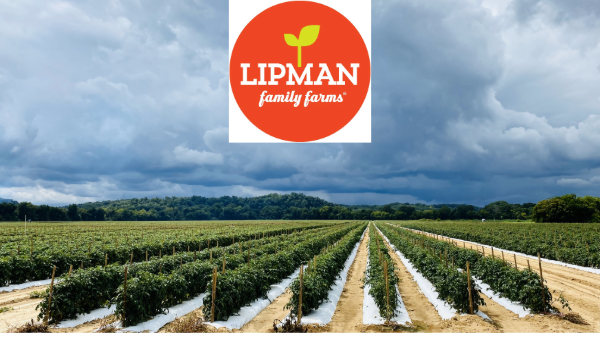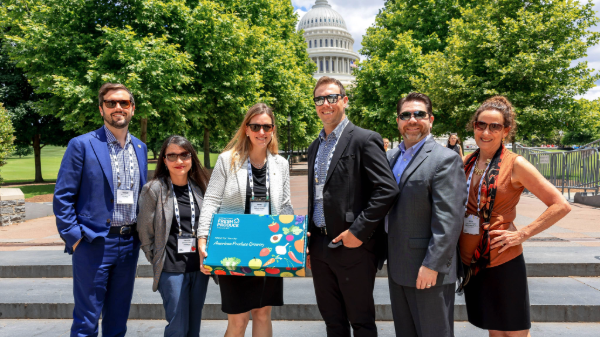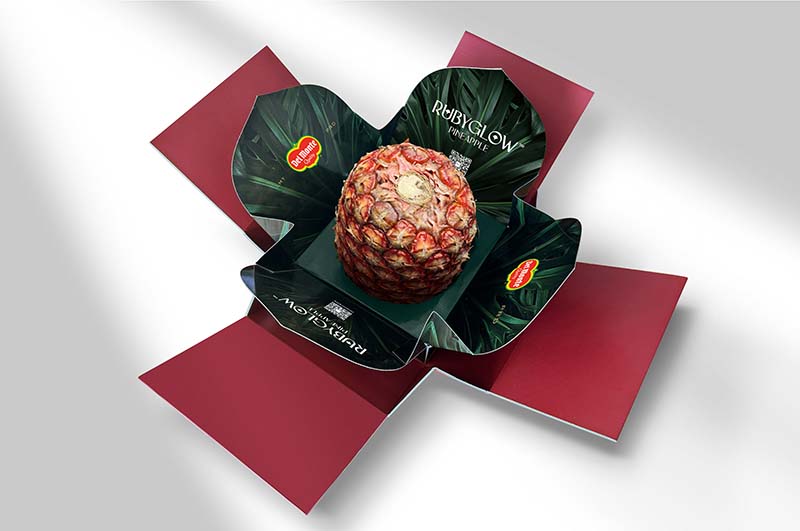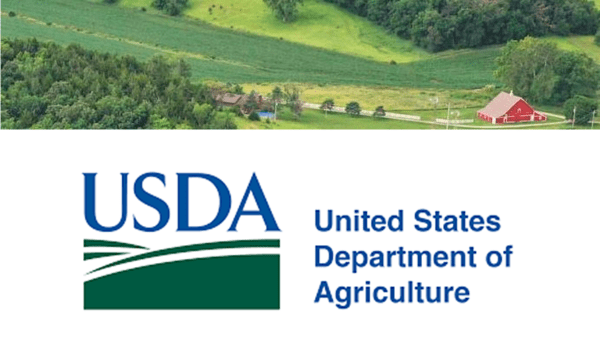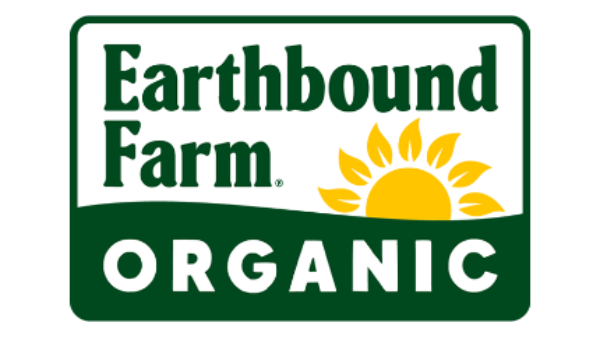Welcome to Blue Book!
Are you ready to join the thousands of companies who rely on Blue Book to drive smarter decisions? View our plans and get started today!
Still have questions? We’d love to show you what Blue Book can do for you. Drop us a line– we’ve been waiting for you.
Harvesting aides offer more than efficiency by introducing a new measure of safety. In the case of tree fruit, trips up and down ladders are reduced, as the platforms carry supplies. “Some even have a small sorting table on board,” says Todd Fryhover, president of the Washington Apple Commission.
Advantages
The bottom line, of course, is saving time and money. Mechanized harvesting can certainly slash costs and increase returns, and may allow growers to manage more acres—this is especially crucial when labor availability is questionable. The downside is initial investment and training.
Financially speaking, mechanical harvesting can mean the difference between banking the crop and watching it rot. With the onion harvester, Shuknecht points out the advantage of capturing a timely harvest: built for high volume (covering 25 to 30 acres per day) the grower can try to outmaneuver Mother Nature and pick crops ahead of destructive weather.
What’s Coming?
Multiple trials are underway to help growers speed up the process with specialized harvesting equipment for citrus, olives, grapes, and apples, with applications for other crops as well.
Energid Technologies in Cambridge, MA is testing a robotic harvester for the citrus juice industry says the firm’s president, James English. The project is funded by the U.S. Department of Agriculture (USDA) and the prototype is in its third generation. English explains a main goal is to make a harvester economically viable for citrus growers. “It must cost less than half a penny per orange to pick,” he states, with a manufacturer price tag of between $200,000 and $300,000.
Energid’s apparatus is a heavy base with a boom. The base holds cameras, and the boom houses plastic “frog tongues,” which are flexible and inexpensive to replace. The tongues strike the fruit to detach it from the tree. The brain of the harvester uses computer algorithms to identify fruit and position the boom.
Before building, Energid completed an exhaustive study of what others have already tried. Machine visioning and robotic training are new technologies not previously used in the agriculture industry. “It truly is uncharted territory,” English says.
Dr. Louise Ferguson, pomologist at the University of California, Davis is experimenting with a circular brush device mounted on a Bobcat to harvest table olives. The results so far are promising, with no loss in sensory characteristics between the hand- and mechanically-picked olives. In addition, the 80 percent removal rate is less expensive than manual labor.



